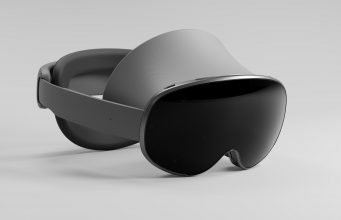Scientists are redefining time itself, starting with the second
Switching to optical clocks would have cascading ripple effects from meteorology to basic physics. The post Scientists are redefining time itself, starting with the second appeared first on Popular Science.

Scientists have taken a major step toward the ambitious global goal of “redefining the second” by the end of this decade. A study published this week details how researchers from six different countries simultaneously compared measurements from 10 optical clocks—an advanced form of timekeeping that is up to 100 times more accurate than the best cesium clocks, which are currently used as the global standard.
The measurements amount to the largest coordinated comparison of optical clocks to date, and significantly reduced the uncertainty between measurements reported in previous studies. This also means that optical clocks are closer than ever to becoming the new standard for timekeeping, a shift that could have a massive ripple effect on everything from meteorology to our understanding of fundamental physics.
Researchers say the findings support “the advance toward a redefinition of the second and the use of optical standards for international time scales.”
What are optical clocks?
In a nutshell, optical clocks are incredibly accurate instruments that measure the frequency of atoms after they’ve been excited by lasers. The atoms are first cooled to near absolute zero, then lasers are used to detect their vibrations. Those vibrations are called frequency ratios. This precise frequency then corresponds to the “tick” of a second. Scientists believe this method yields far more accurate results than the cesium atomic clocks, which have been the global standard for the past five decades. For context, researchers say an optical clock would not gain or lose a second for billions of years. In fact, New Scientist estimates you could wait the current age of the universe four times over, and an optical clock would still be off by less than a minute. Compare that to a typical wristwatch, which can drift over just a few months.

Optical clocks are incredibly precise, but they are also highly complex. There are just around 100 of them in existence worldwide, largely because they are difficult to build, operate, and maintain—they are also susceptible to breakage. Comparing them against each other is notoriously challenging. Different clocks measure the frequencies of different types of atoms, each with its own unique frequency. This means the only way to establish a consistent, highly precise standard is to directly compare the clocks with one another. That’s where these most recent findings come in.
Researchers from Finland, France, Germany, Italy, the UK, and Japan collaborated on a European-led project called ROCIT to compare 10 different clocks. The measurements were conducted over a 45-day period in 2022. In the past, smaller-scale optical clock comparisons relied on satellite links to measure differences, but this study used both satellite links and fiber optic cables. That’s important because it allows for more accurate measurements.
“Comparing multiple clocks at the same time and using more than one type of link technology provides far more information than the mostly pairwise clock comparisons that have been carried out to date,” VTT MIKES meteorology research center senior scientist Thomas Lindvall said in a statement.
Related: [Refining the clock’s second takes time—and lasers]
The fiber optic cables spanned thousands of miles across Europe, allowing researchers to connect the frequency outputs of the various clocks. They accounted for signal noise and other limitations of the instruments during the process. In total, the comparison produced 38 different frequency ratios measured simultaneously, four of them for the first time. The remaining ratios were measured with greater accuracy than ever before, according to the researchers.

“These measurements provide critical information about what work is still needed for optical clocks to achieve the precision and reliability required for use in international timekeeping,” Instituto Nazionale Di Ricerca Metrologica (INRiM) senior researcher Marco Pizzocaro said in a statement. “Our experiment also showed how optical clocks across Europe can be linked to measure frequency ratios with state-of-the-art precision.”
More accurate could help reveal mysteries about the universe
Although more comparisons are needed before optical clocks can officially become the global standard, researchers are optimistic about the future. The benefits go beyond just improved timekeeping. More precise measurements could help scientists test Albert Einstein’s theory of relativity with greater accuracy and offer new insights into the still-mysterious concept of dark matter.
At the same time, scientists are also making headway on entirely new “nuclear clocks” that might make opticals look like relics. Last year, the National Institute of Standards and Technology (NIST) said they were close to completing a nuclear clock prototype that focuses on vibrations, not from a single atom, but from a single nucleus.
“Imagine a wristwatch that wouldn’t lose a second even if you left it running for billions of years,” NIST and JILA physicist Jun Ye said last year following news of the prototype. “While we’re not quite there yet, this research brings us closer to that level of precision.”
The post Scientists are redefining time itself, starting with the second appeared first on Popular Science.
























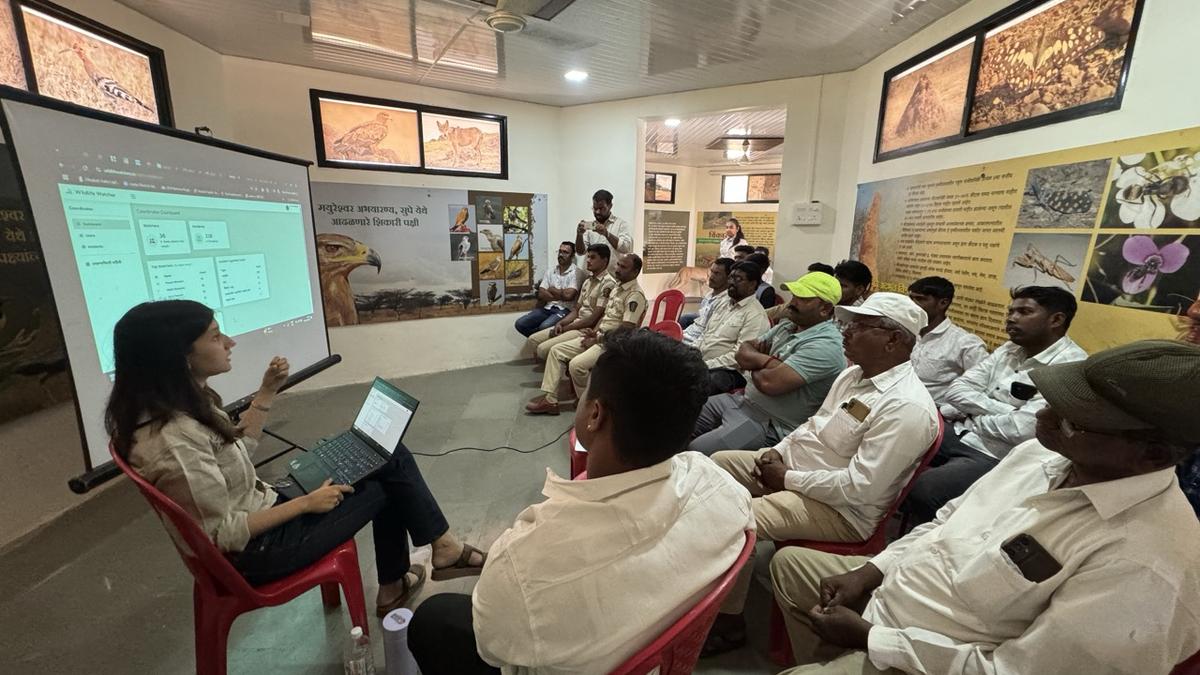

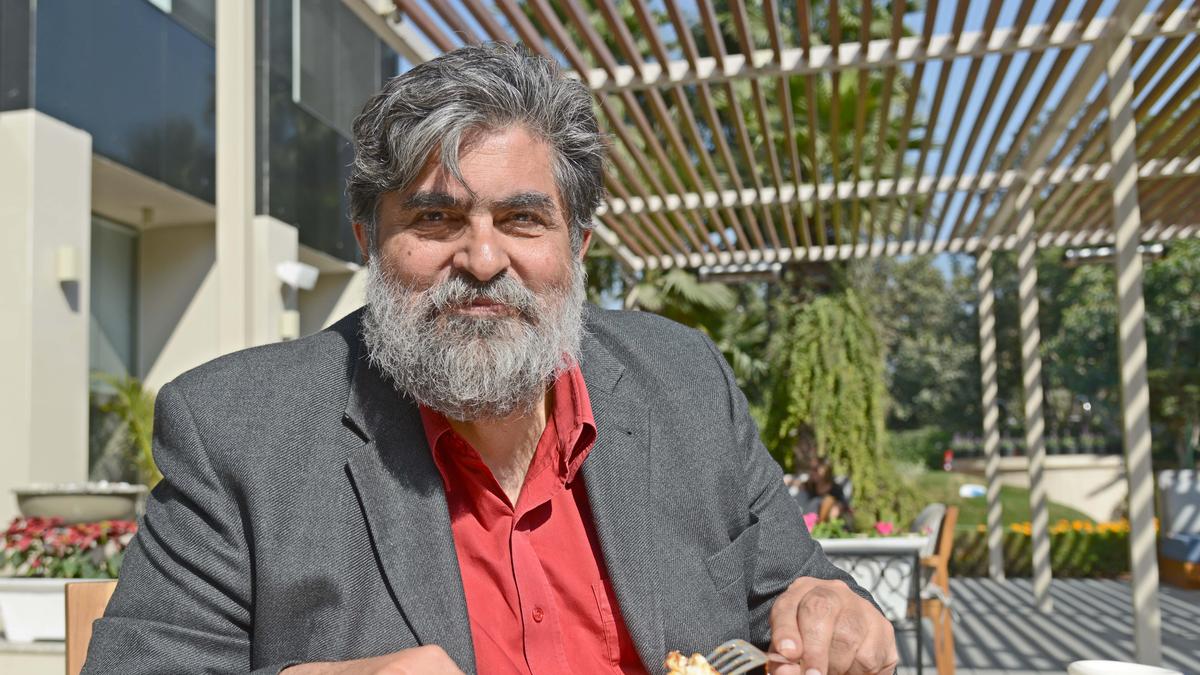
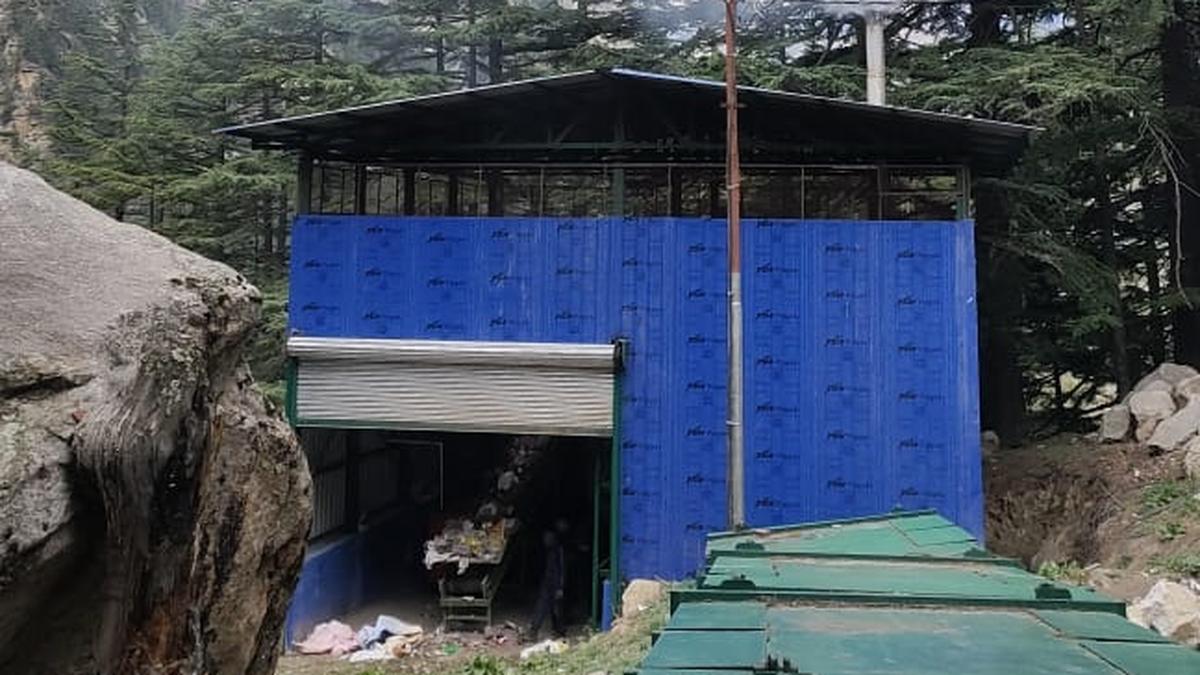









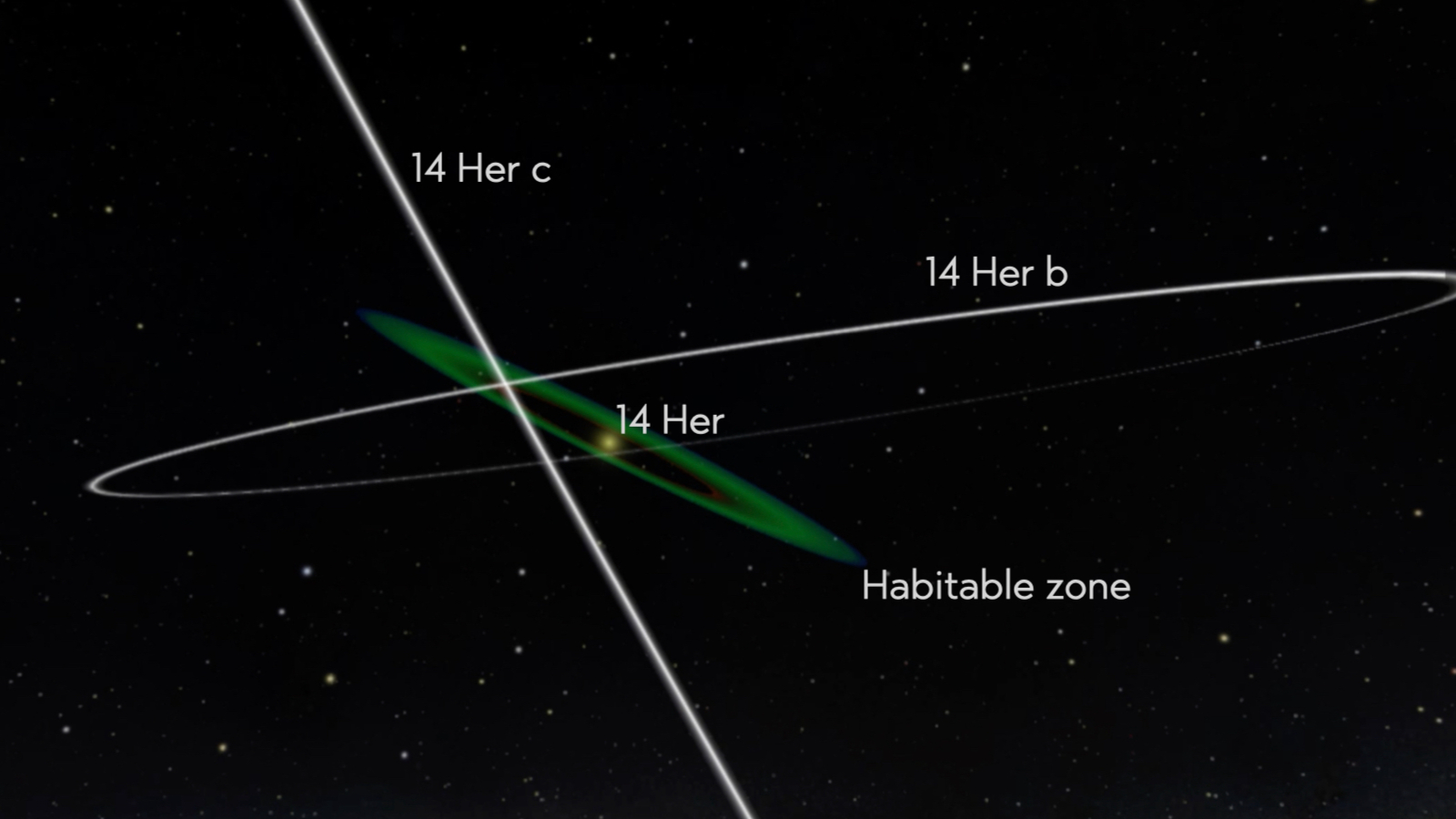


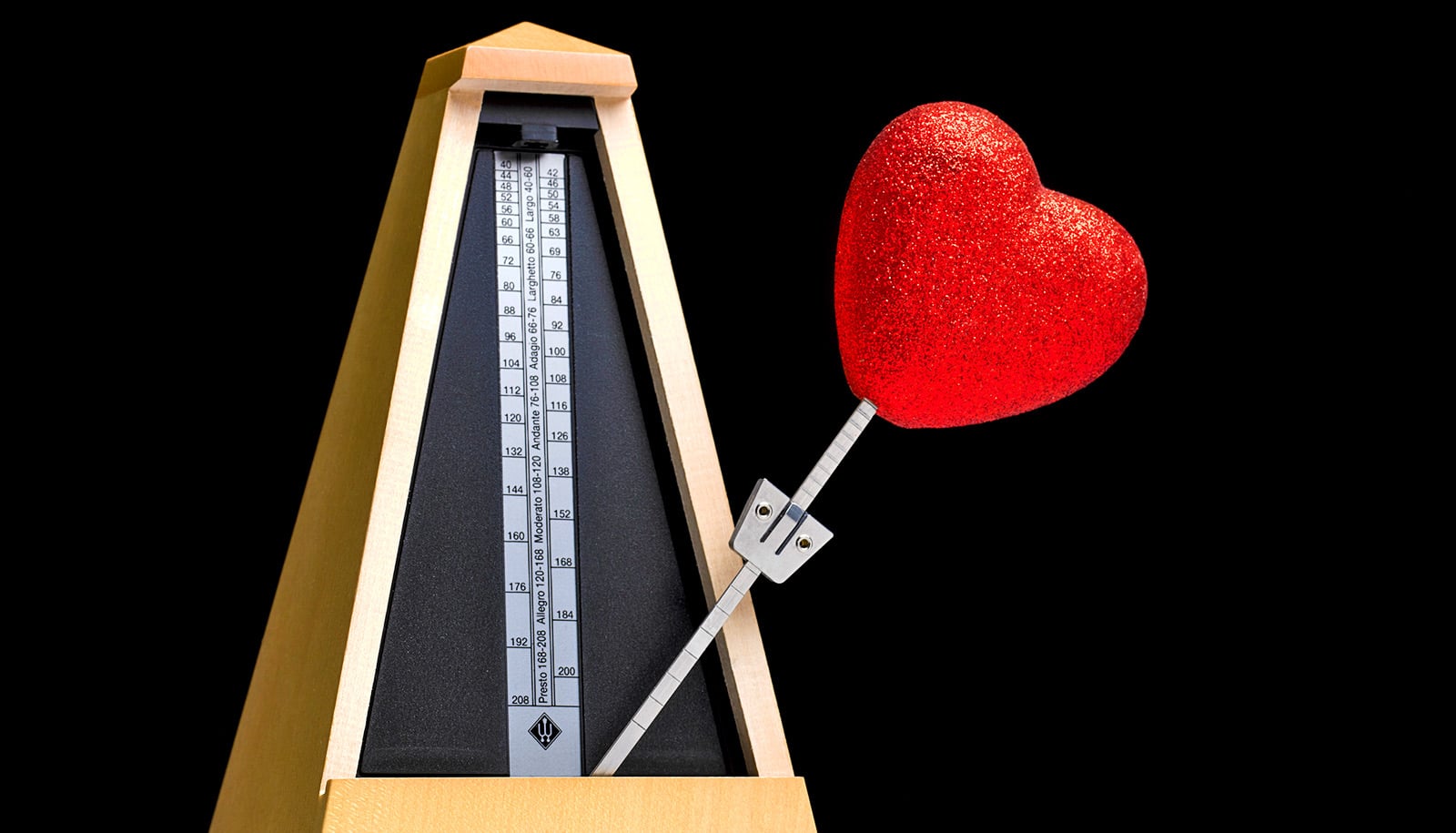








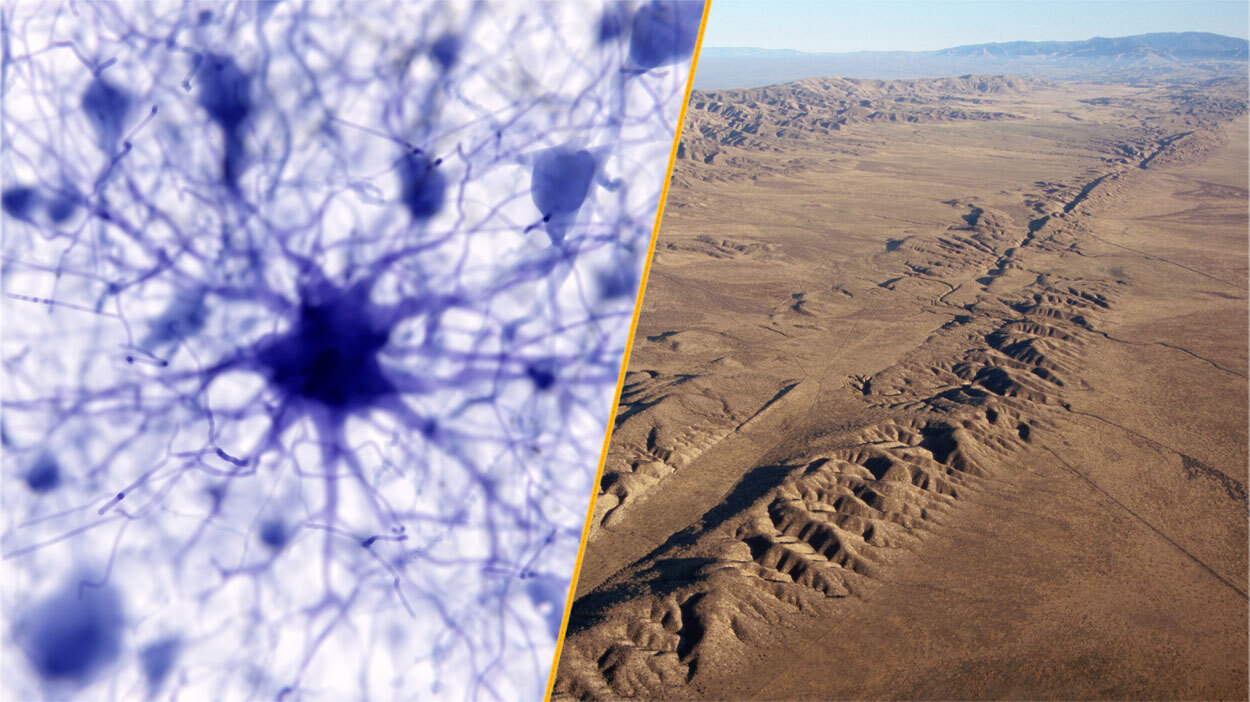

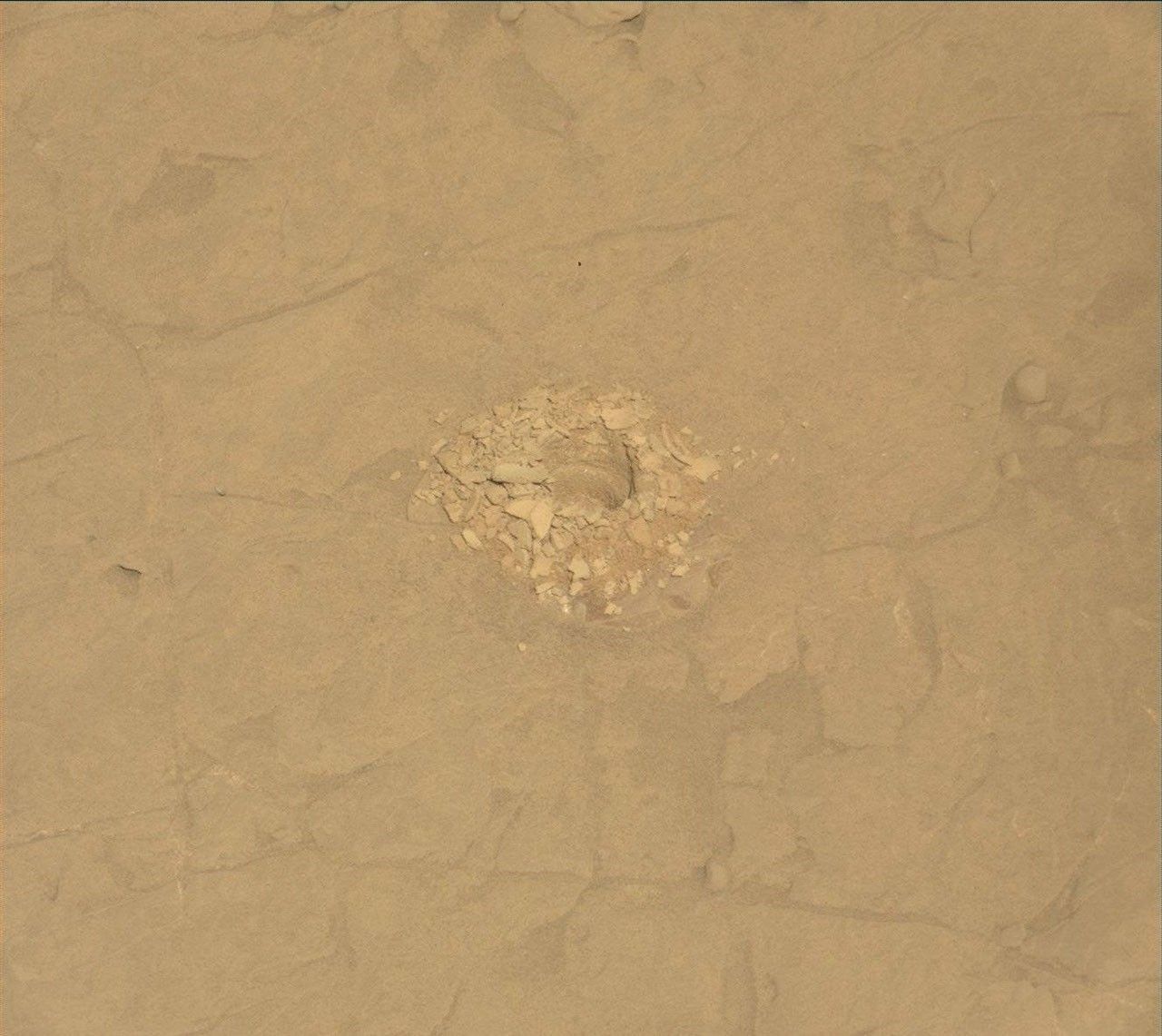

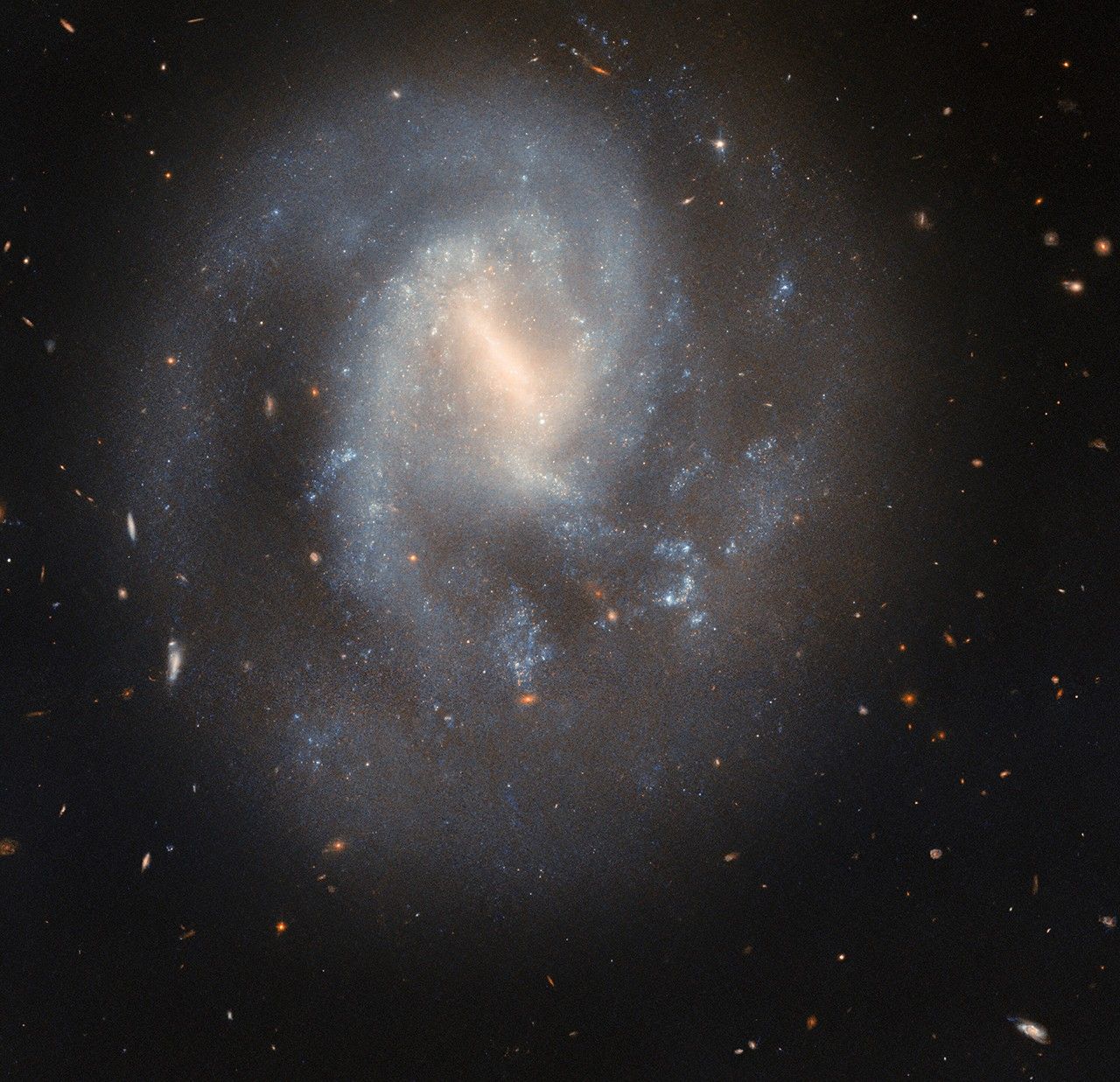

































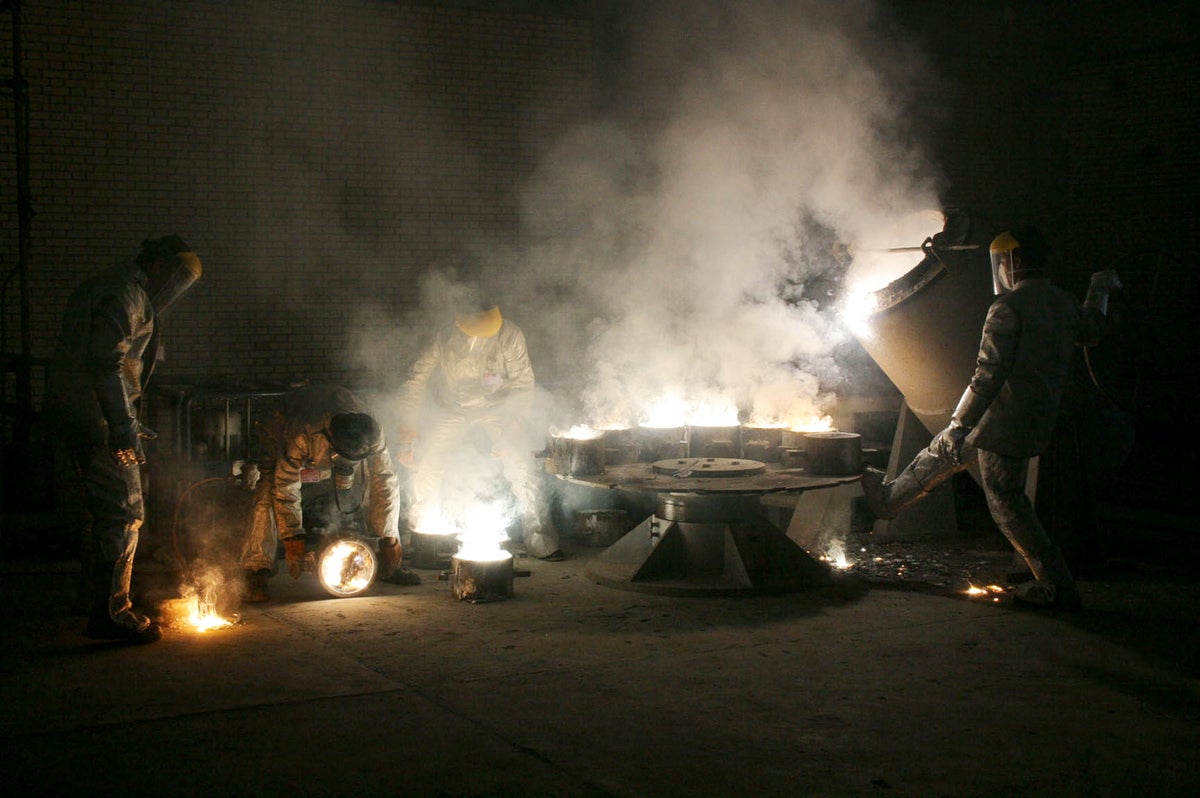


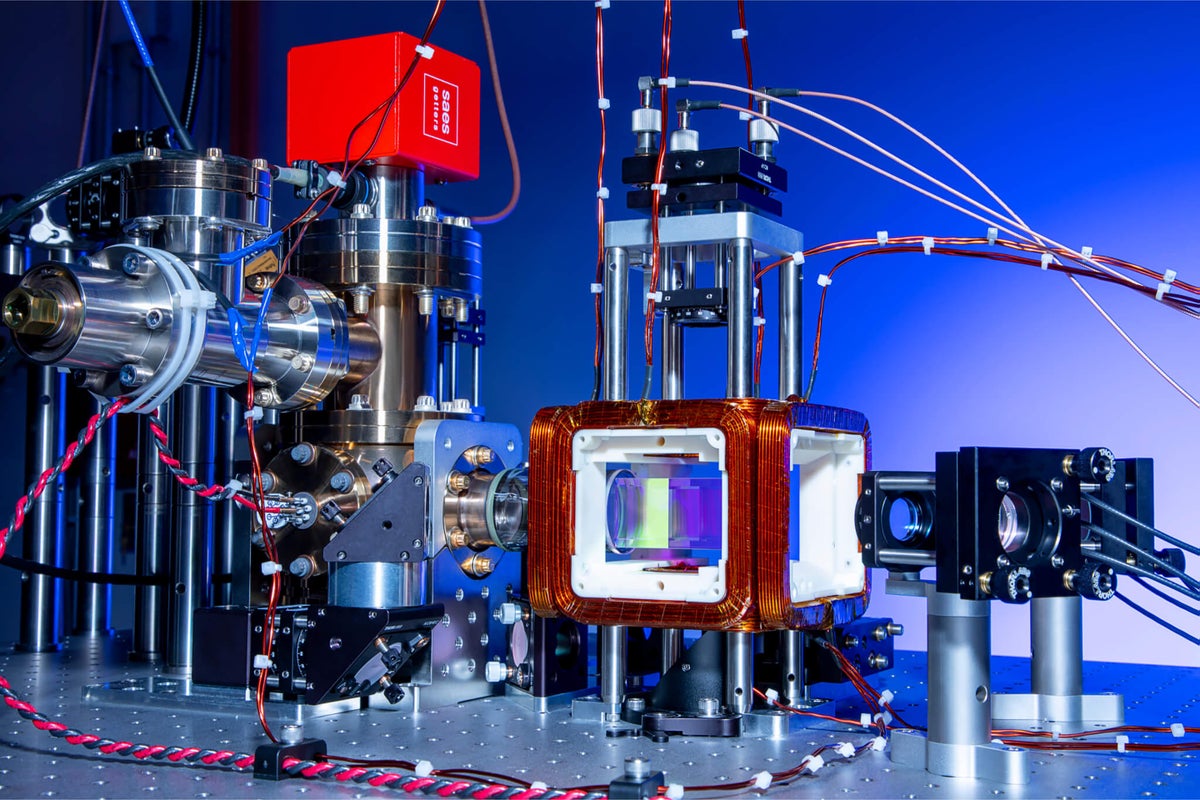
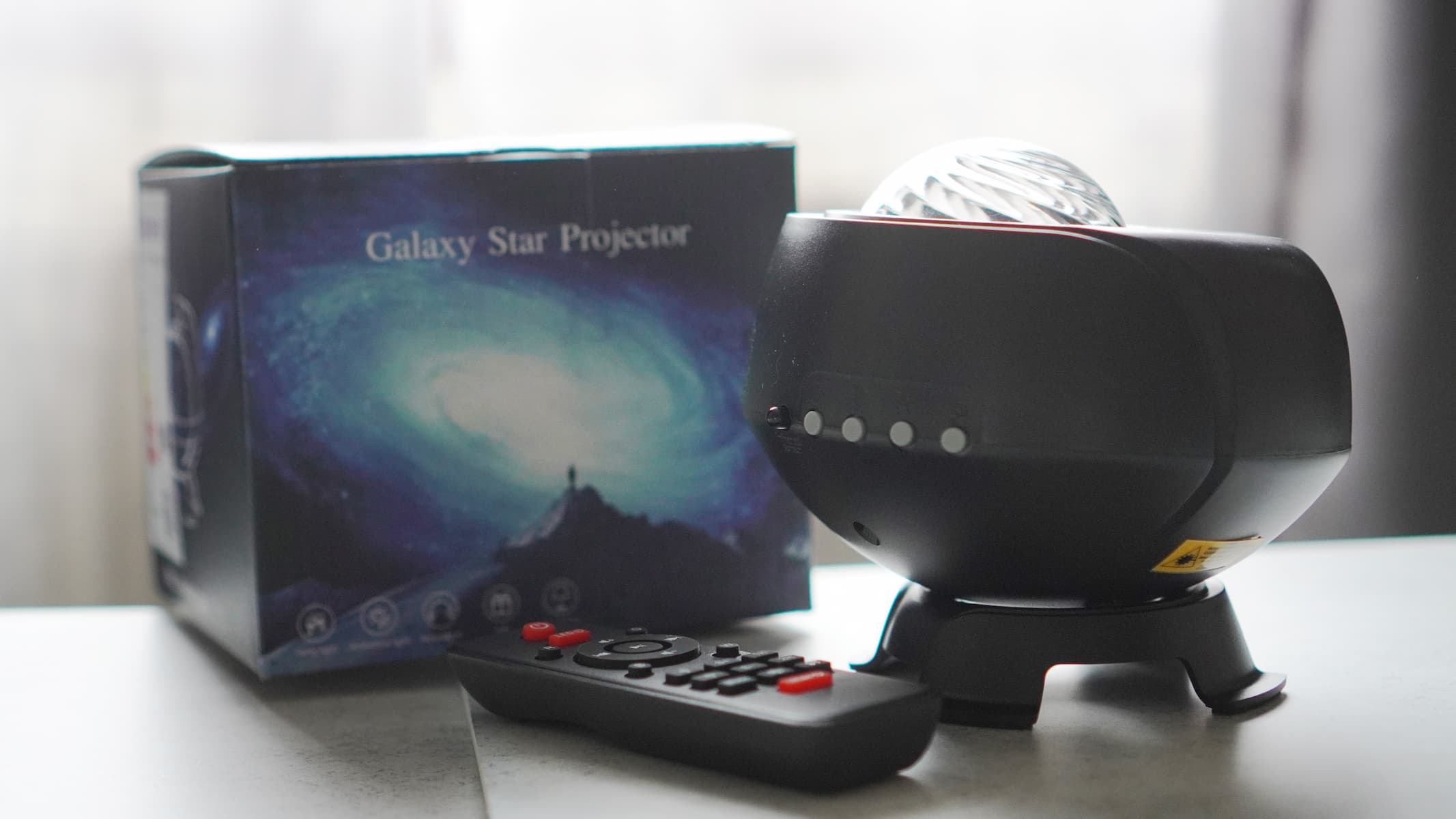
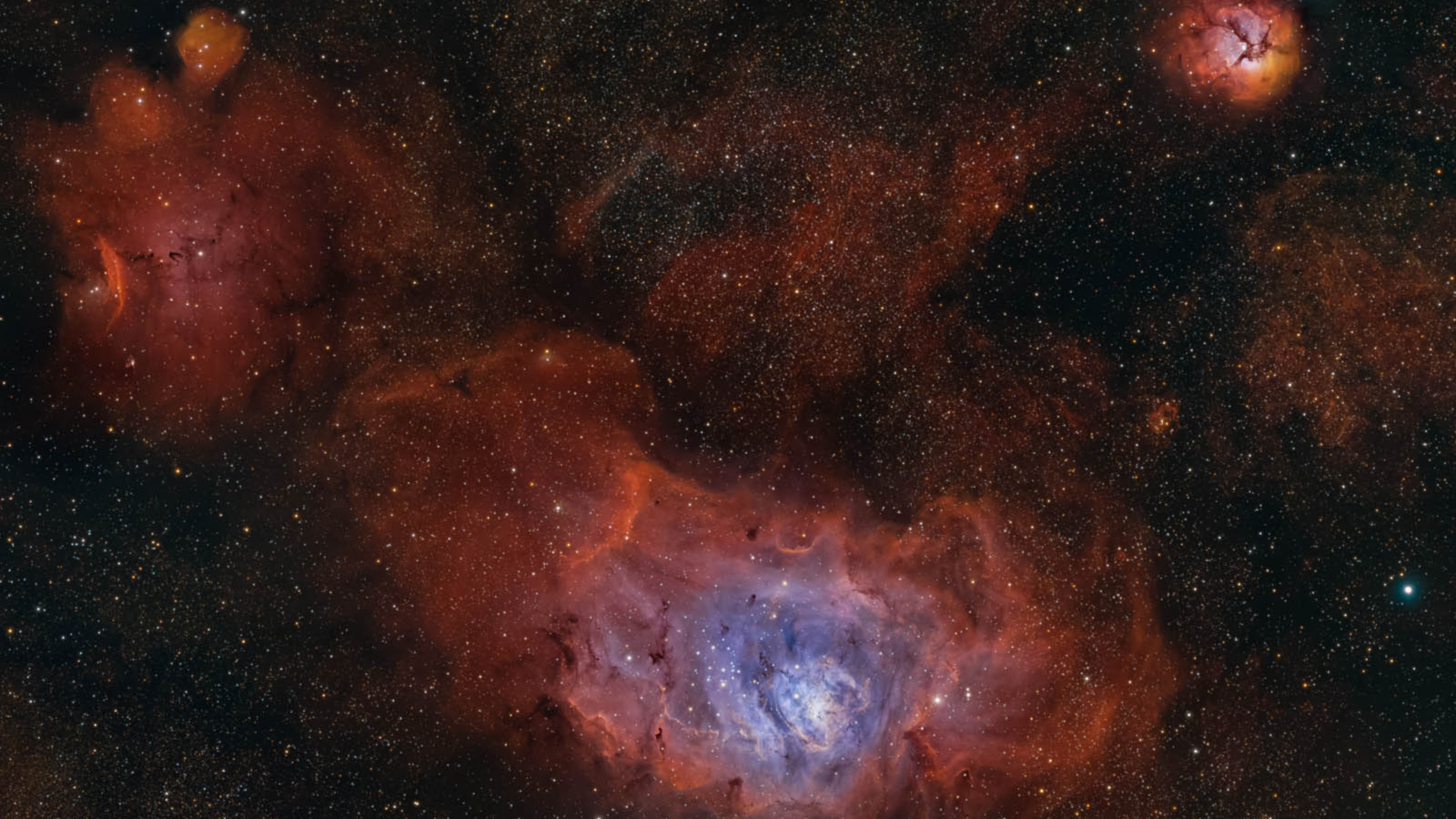
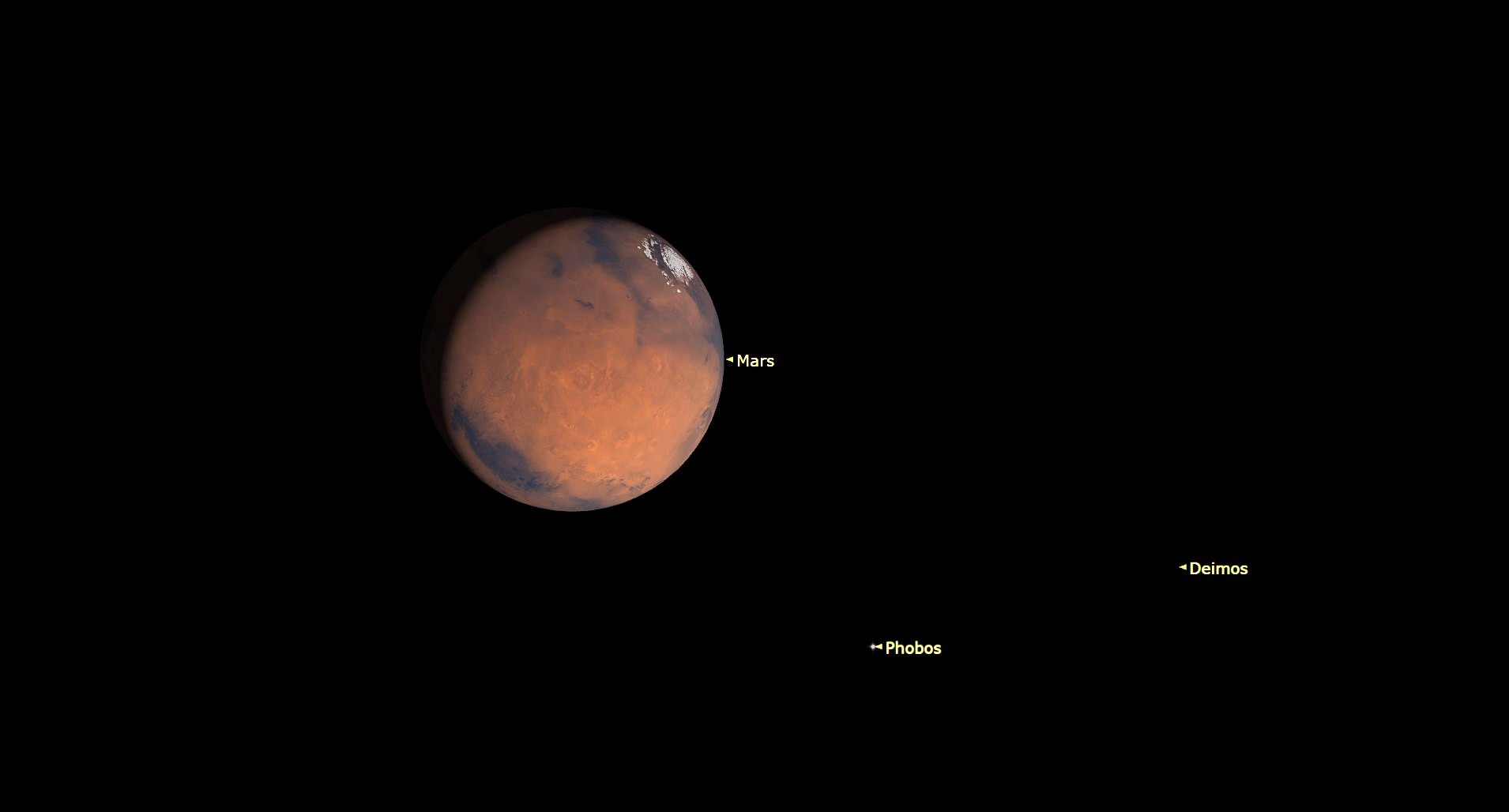




















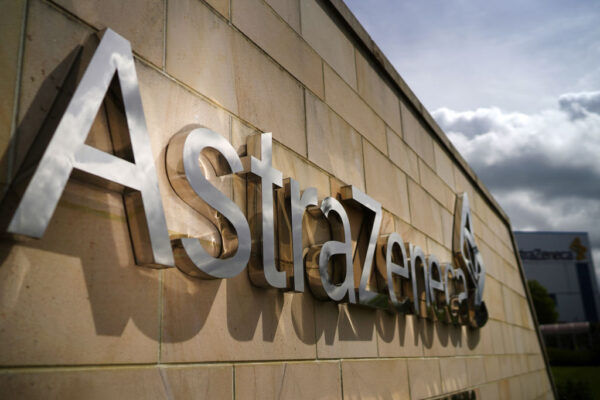




.png?#)










